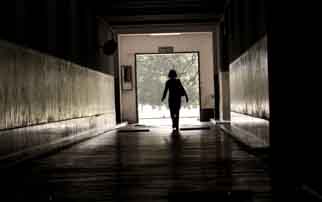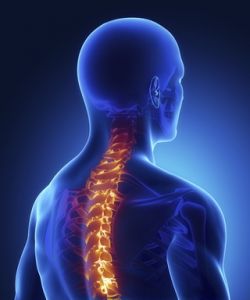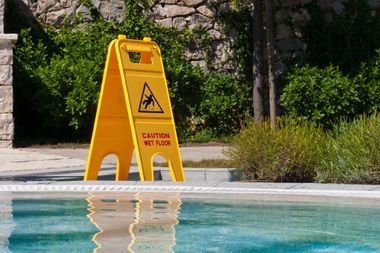Imagine a scenario where someone falls on a walkway and claims that if the walkway had better lighting, they would have noticed the hazard that they tripped over and thus been able to avoid it. Determining the validity of this claim may seem like a simple matter of measuring the intensity of the light at the location of the accident and comparing it to what is required. However, this is not always the case.
Although it is true that inadequate lighting can create safety and security issues, some lighting sources can create hazards through glare and distraction where none would exist without the lighting. If inadequate lighting IS the focus, were astronomical conditions taken into consideration before the lighting was tested? When did the moon rise on the day of the incident? What phase was the phase of the moon at the time of the accident? Did the incident take place near light absorbing asphalt or light reflecting concrete?
Then there are the safety codes and standards that exist today. Standards can vary in scope, depending upon the property type and location. For example, different standards apply for: new vs. existing construction, residential vs. commercial, interior vs. exterior, parking lot vs. parking garage, or private vs. public walkway.
Often there can be several codes that may apply at one property location (Building Codes, Fire Codes, OSHA, or local ordinances). Or the property owner may have filed for an exemption, variance or modification with stand and/or local building code officials or fire marshals. Such exemptions or variances may provide exemptions from certain lighting requirements.
At first glance, issues involving lighting concerns may seem deceptively simplistic. Upon closer examination however, the issues surrounding any incident where lighting is suspect, invariably involve a much more sophisticated approach. A trained, experienced lighting expert is required to take credible measurements and render a qualified opinion on what those measurements mean in the context of a particular situation.






